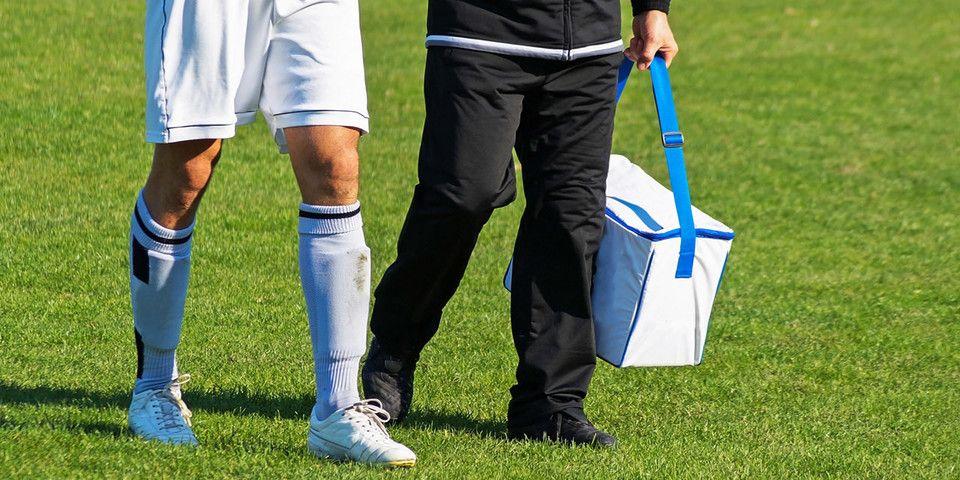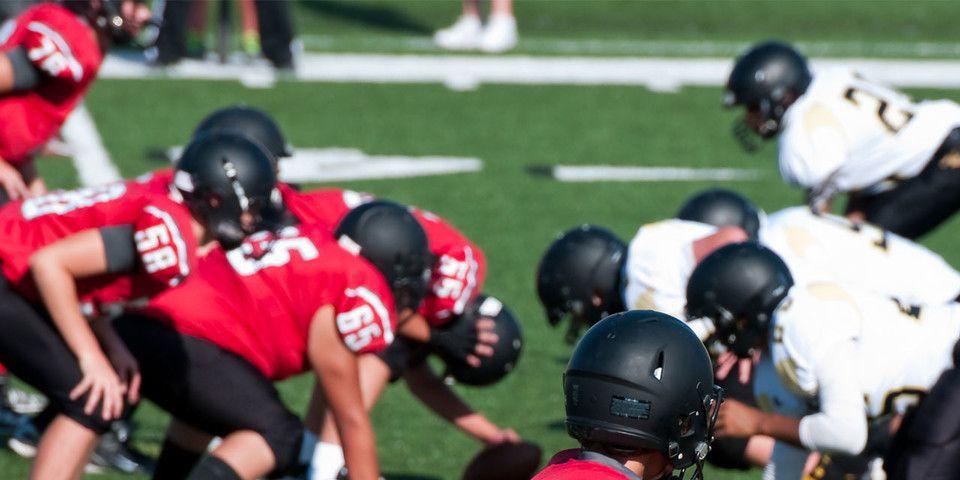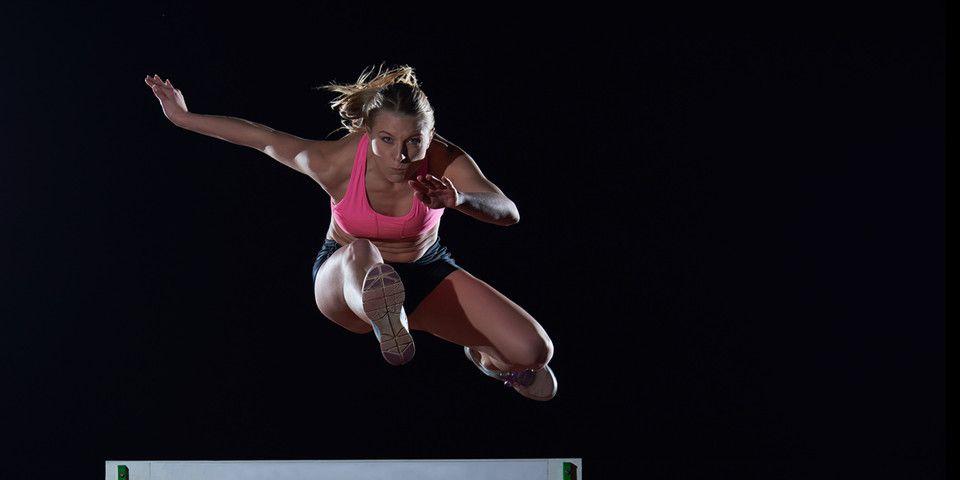Volleyball Injury Prevention for High School Athletes
Prevent overuse and other career-limiting sports injuries.
Throughout each year, more than 400,000 high school students – about 75% of whom are females – participate in interscholastic volleyball. As participation has increased over the past two decades, the number of volleyball-related injuries has risen as well. If you or someone you love is gearing up for the next volleyball season, Rothman Orthopaedics wants to help you prepare with this primer on volleyball injury prevention.
What To Watch Out For: The Most Common Volleyball Injuries
While volleyball injuries rank lowest among all major sports, volleyball players are at risk for some traumatic and overuse injuries including:
-
Ankle Sprains – Ankle injuries are the most common in volleyball players and the worst volleyball injuries for lost playing time. Usually, injuries can be treated nonoperatively with bracing and physical therapy. Occasionally, though, ankle sprains can be associated with subtle fractures or cartilage injuries.
-
Anterior Cruciate Ligament (ACL) Injury – Female athletes incur ACL injuries more frequently than their male counterparts do. Like ankle sprains, most ACL injuries in volleyball players occur when a player lands awkwardly after jumping. Usually, ACL tears are associated with a "pop" and immediate knee swelling.
-
Medial Collateral Ligament (MCL) and Lateral Collateral Ligament (LCL) – Knee ligament injuries can also occur during volleyball, most commonly to the inside (Medial Collateral Ligament – MCL) or outside (Lateral Collateral Ligament – LCL) of the knee. These injuries are often the result of the leg twisting outward from the midline of the body.
-
Rotator Cuff Tendonitis – The mechanics of serving and spiking heavily depend on the rotator cuff muscles for power and movement. Actual tears in the rotator cuff are uncommon in young players, but these muscles can get irritated with overuse.
-
Finger Injuries – Fingers are particularly exposed to injury during blocking, setting, and digging motions. Common finger injuries include fractures, dislocations, and tendon and ligament tears. Most injuries occur when the ball forcefully strikes the fingertip.
-
Patellar Tendonitis – Patellar tendonitis is inflammation of the tendon that connects the kneecap to the shin bone. Patellar tendonitis is common in any athlete subjected to repetitive, forceful jumping activities, such as volleyballs’ spiking and blocking.
-
Lower Back Pain – A common source of chronic pain among volleyball athletes, the lower back is prone to sports-related muscle or ligament strain. If the pain also radiates down the legs with numbness or weakness in the foot or ankle, the culprit may be a herniated disc.
What To Do: The Best Methods Of Volleyball Injury Prevention
Protect yourself from common sports injuries by:
-
Working with an athletic trainer or other sports medicine professional to incorporate proper strength training techniques for the lower back, shoulders, and legs
-
Using external ankle support (such as braces or taping) to prevent rolling the ankle
-
Minimizing your jump training time on hard surfaces
-
Warming up and cooling down muscles with stretching and light aerobic exercises before and after every practice session and match
-
Staying hydrated and getting plenty of rest
-
Eating plenty of protein, produce, calcium, vitamin D, and magnesium in your diet for health and sustained activity
-
Wearing any applicable protective gear, including pads
-
Prioritizing proper rest. All athletes should take 1-2 days a week and 1-2 months a year away from their sports to prevent burnout and overuse injuries.
-
Reporting all injuries. Do not play through the pain!
The main goal of volleyball injury prevention is to minimize injury and sustain athletic careers as long as possible for the players. If you have any questions about your risk or if you are already experiencing any pain, your first step should be to consult your physician right away. For more specialized treatment, visit us here or contact us at 1-800-321-9999.
Related Specialties
Related Treatments
Related Programs
-

Athletic Training- Sport Medicine Outreach
Our Field Athletic Trainers provide direct sports medicine care to youth, high school, college and professional athletes. Rothman AT’s provide athletic training services throughout Southeastern PA to interscholastic high schools, colleges, as well as tournaments and special events.Read More -

Injury Prevention Program
The Injury Prevention Program at the Rothman Orthopaedic Institute is dedicated to the prevention of injuries from athletic participation, particularly youth sports.Read More -

Women’s Sports Medicine Program
The Women’s Sports Medicine Program at the Rothman Orthopaedic Institute is the first of its kind in the Philadelphia metro area and one of only several such programs specializing in the comprehensive care of the female athlete in the country.Read More




